The origins of the IDF
The Israel Defence Forces were formed by uniting Zionist paramilitary groups, WWII veterans and Holocaust survivors

Tim Williamson
This article originally appeared in History of War magazine issue 40.
Following Israel's Declaration of Independence on 14 May 1948, Prime Minister David Ben-Gurion's first formal order was to announce the establishment of an official army for the new nation: the Israel Defence Forces (IDF). Founded on 26 May, This organisation combined several military groups and militia, and went on to acquire a status of superiority to rank as one of the world's most effective fighting forces.
Membership of the IDF included not only armed personnel from Jewish military groups active during World War II, but also Europeans who had survived the atrocities of Nazi Germany and the Holocaust. From 1948, the IDF superseded all other Jewish armed forces.
The Week
Escape your echo chamber. Get the facts behind the news, plus analysis from multiple perspectives.

Sign up for The Week's Free Newsletters
From our morning news briefing to a weekly Good News Newsletter, get the best of The Week delivered directly to your inbox.
From our morning news briefing to a weekly Good News Newsletter, get the best of The Week delivered directly to your inbox.
At Israel's birth, the IDF played a key role in Israeli society. These forces were a direct outcome of the dissolution and assimilation of the previously active Jewish underground militias and the IDF was formed in a conservative effort to withstand the later threat of Arab armies.
The IDF became determined to give expression to Zionist values and to commit itself to the protection of Israel. Between 1949 and 1956, the IDF concentrated on developing itself into a modern army and air force. Tensions between the Arabs and Jews persisted and the divisions between the two groups are still ingrained into the contemporary fabric of Middle Eastern religious and political life.
Roots of the Israel Defence Forces
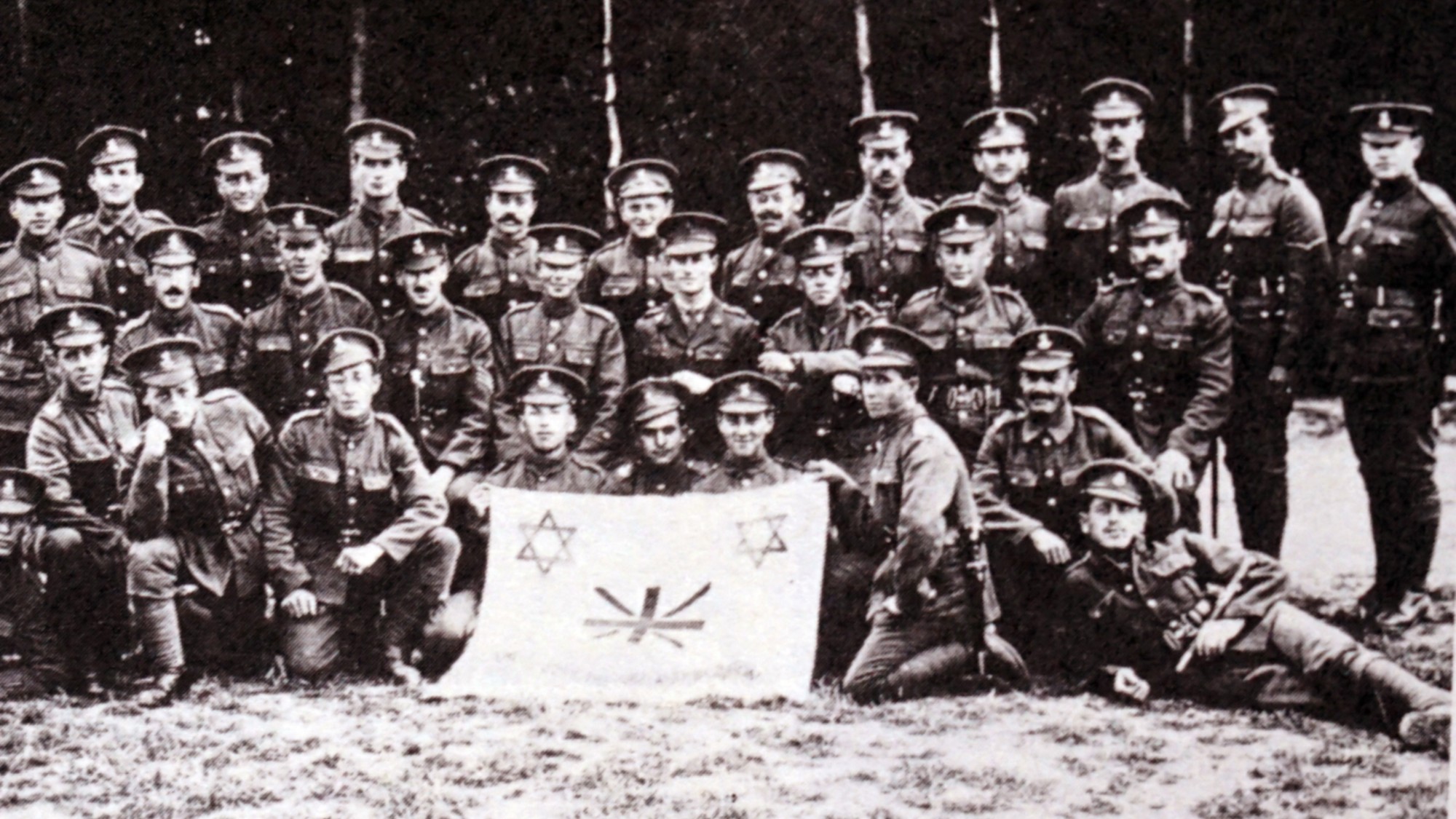
Volunteer soldiers of the Jewish Legion, which was formed to serve in the British Army during the First World War
The transformation of a series of disorganised underground militias to the formation of a national defence corps was a complex and haphazard affair. Various activists had to be compelled into unification, and to accept the importance of forming a single state entity to defend Israel and its borders.
The newly created Israeli government recognised the need to absorb and consolidate the armed elements that had operated during the years of the Mandate, when there was administrative and political control imposed by the British. The IDF then came about after the dismantling of all other Jewish armed forces.
A free daily email with the biggest news stories of the day – and the best features from TheWeek.com
The unravelling of events prior to Ben-Gurion's first order indicates that the formation of the IDF pre-dated a military struggle, at the centre of which was the Haganah – a Zionist military organisation that sought to repel Arab forces in Palestine and to defend Jewish settlements. Underpinning what in its early days was a 'softer' approach, the Haganah emphasised an adherence to principles of 'self-restraint'.
While the Haganah itself operated before the outbreak of World War II in 1939, the origins of the IDF can be traced back more than 100 years. Modern Jewish settlements in Palestine were around in the 1870s and their safety depended on protection against bandits and thieves.
At the beginning of the 20th century, these settlers increasingly drew upon the services of vigilantes to protect their colonies, and established self-defence units. These, often found in the north of Israel, consisted of a motley collection of inexperienced and unprofessional men and women.
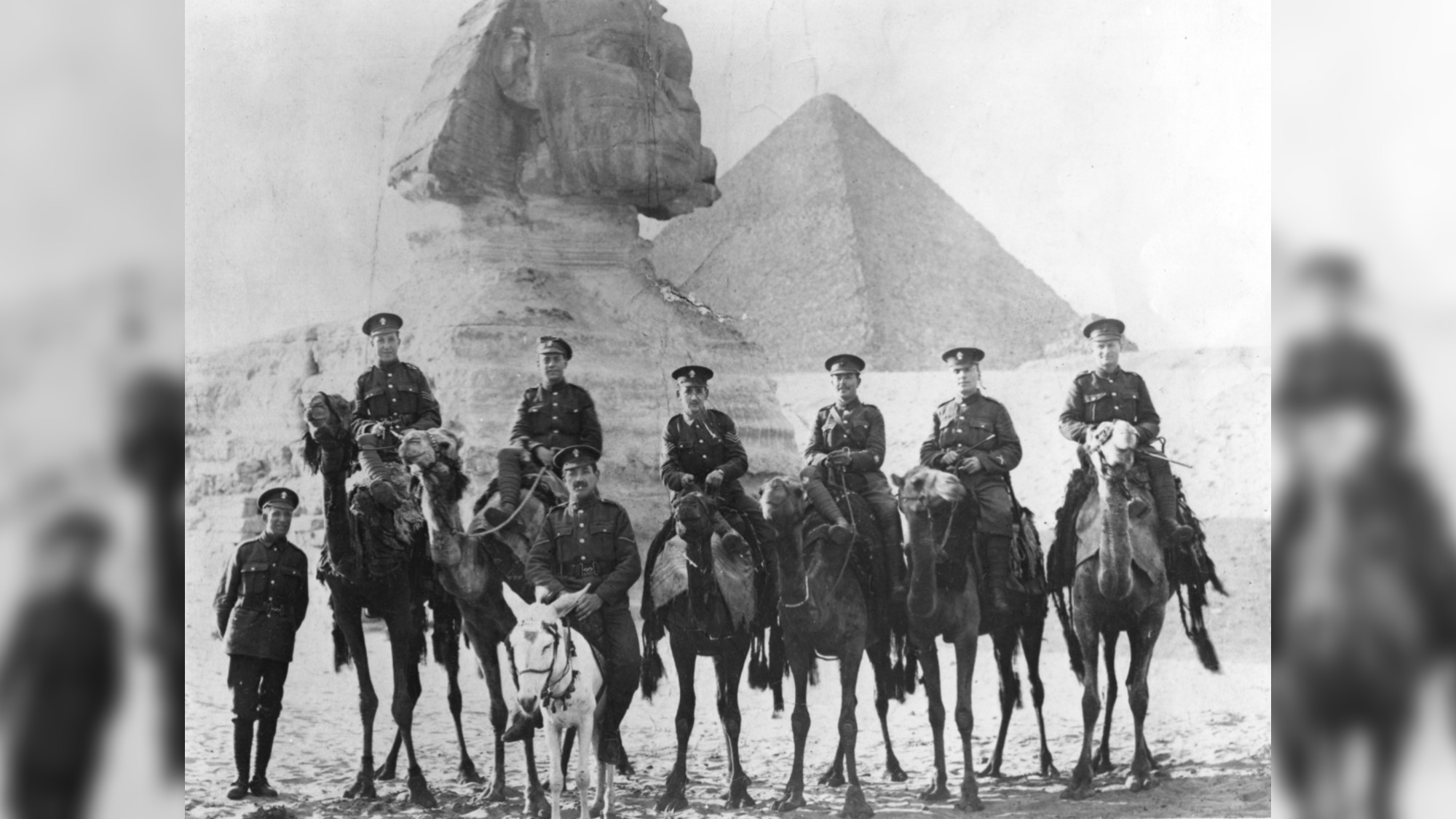
Members of the Jewish Legion mounted on camels in front of the Sphinx at Giza, Egypt, during the First World War
During World War I, the Zionist Movement lobbied the British government to mobilise three battalions of Jewish soldiers. These went on to be known as the Jewish Legion, which itself was followed by the introduction of other splinter groups such as the First Judean Battalion. The desire for autonomy, in order to deter external threats, culminated in the creation of the Haganah.
In the run-up to the formation of the Haganah, many Jews in the region had begun adopting an ideological commitment to counter the rise of anti-Semitism since the 1920s. Those Jews who joined the Haganah received training and were supportive of Zionist principles.
The military units that were to underscore the roots of the group could be distinguished by their knowledge of modern warfare and theories following attendance of an array of courses that were available, even though systematic and organised training programmes proved difficult to run.
The effective use of tuition was also limited, as personnel had to be in place all over Palestine and could not be detracted from their primary military role. Yet evidence of such training among the Haganah troops, albeit on a minor scale, is available as far back as the mid-1920s when, for example, 20 men attended a commanders' course in the woods on Mount Carmel, near to Haifa.
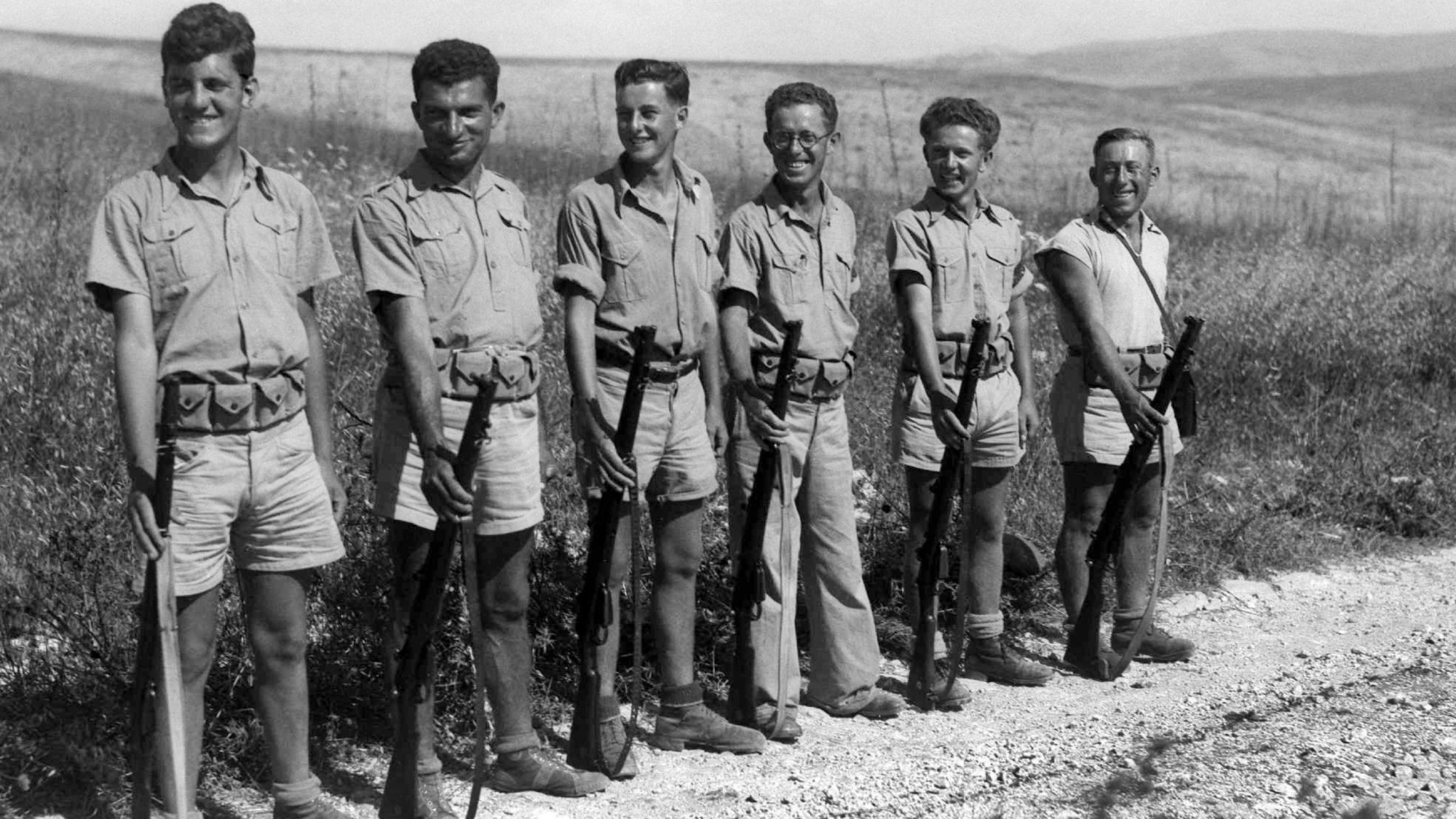
Young Haganah recruits pictured near kibbutz Ein Hashofet during the Arab revolt in Palestine, c. 1939
In 1941, similar programmes were still held: at Juara, for example, an isolated district near to Esdraelon where several future IDF chiefs of staff attended. Other training was sporadic yet often entailed intensive tutelage in sniping, reconnaissance and explosives. Such military education was not really tolerated by the British, but the Palestinian Jews ignored any unwanted criticism.
Jewish forces in World War II
The outbreak of World War II prompted the fragmented Jewish defence groups to bring about better organisational cohesion, though these changes were not as pronounced as was the case after 1945. Even so, during the war, Haganah reorganised and several fringe groups split into a number of self-defence forces.
At the outset, the British made it clear that it wanted Palestinian Jews to engage with them and to join in the fight within their existing armed forces. These Jews attached themselves to the Royal Air Force, Royal Navy and other recognised branches of the British military. There were even units composed solely of Palestinian Jews, and of Arabs and Jews, such as the Auxiliary Military Pioneer Corps which was quickly despatched to France in 1940.
It was during the summer of 1940 that the Haganah set about organising itself into an effective fighting force in readiness for any Axis threat that could scupper the plans of the Yishuv (the Palestinian Jews). The Axis forces were thereby added to the list of enemies who could thwart the wishes of those wanting the creation of a Jewish state.
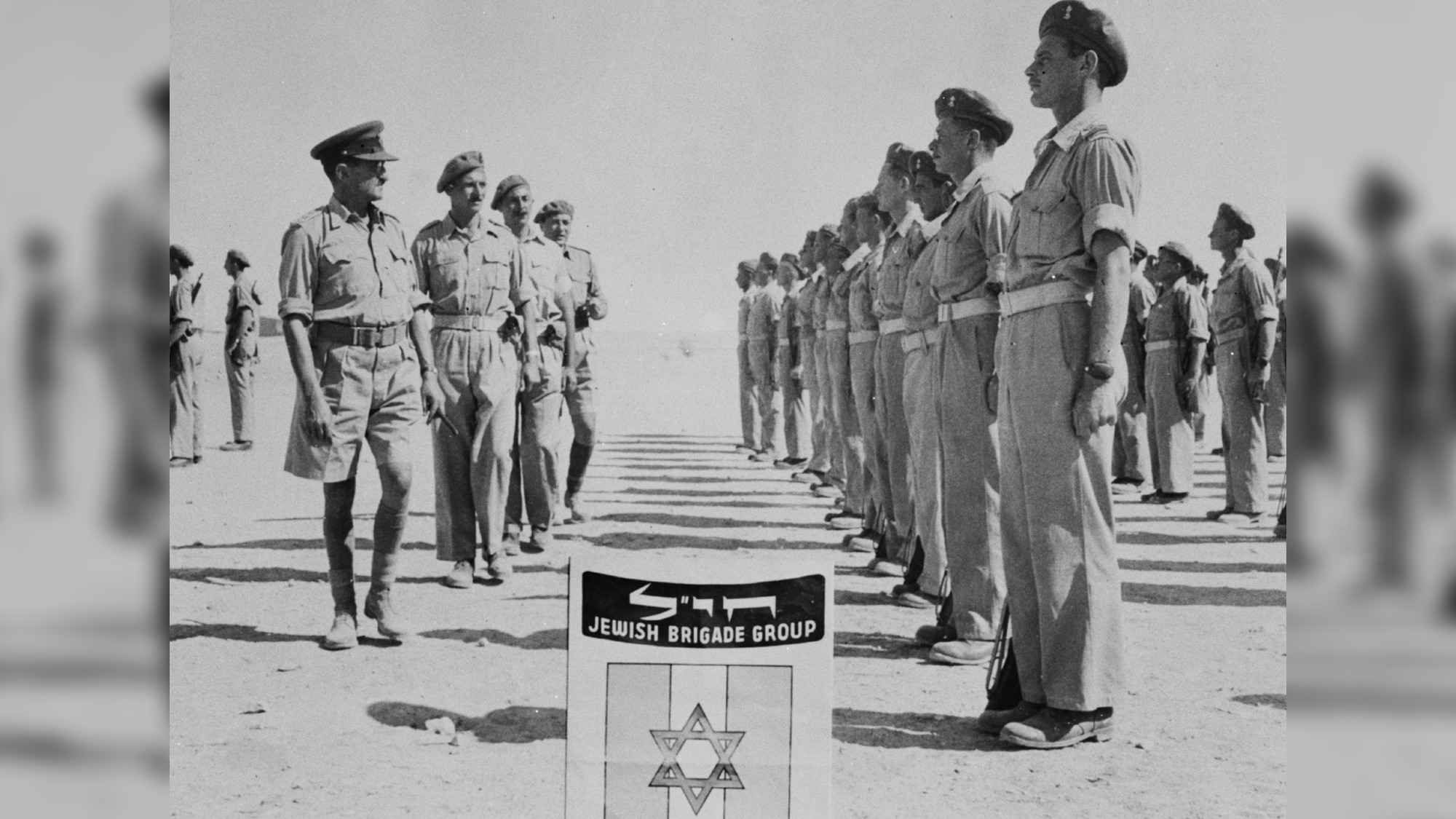
The Jewish Brigade served within the British Army during the Second World War
In the absence of being able to impose a national taxation system, financing a defence force became a problem. Voluntary contributions were not adequate to fund the activities of the Haganah and associated paramilitary groups. To some extent the Kibbutz movement, an autonomous Jewish community, was not slow in coming forward to assist, and introduced a work programme to aid the troops.
During the course of World War II, 15 Jewish groups of Palestinian Jews joined the British and they became known as the Palestine Regiment. This in turn led to the creation of the Jewish Brigade. Ben-Gurion wanted to maximise the value of these volunteers and the British promised him a force based on the model of the WWI battalions.
The British were slow to act, but eventually conceded that the brigade could be formed and it was established on 3 July 1944. Ben-Gurion's desire to form the brigade was also a reaction against a White Paper issued by the British government in 1939, which almost put an end to Jewish hopes for their own state in Palestine.
The British wanted to remove the tension and dispel attention on the Middle East in order to focus as much as possible on the imminent European crisis. This entailed pacifying the Arab majority in Palestine and reducing the military intervention there, when troops and equipment were far more in need in Europe.
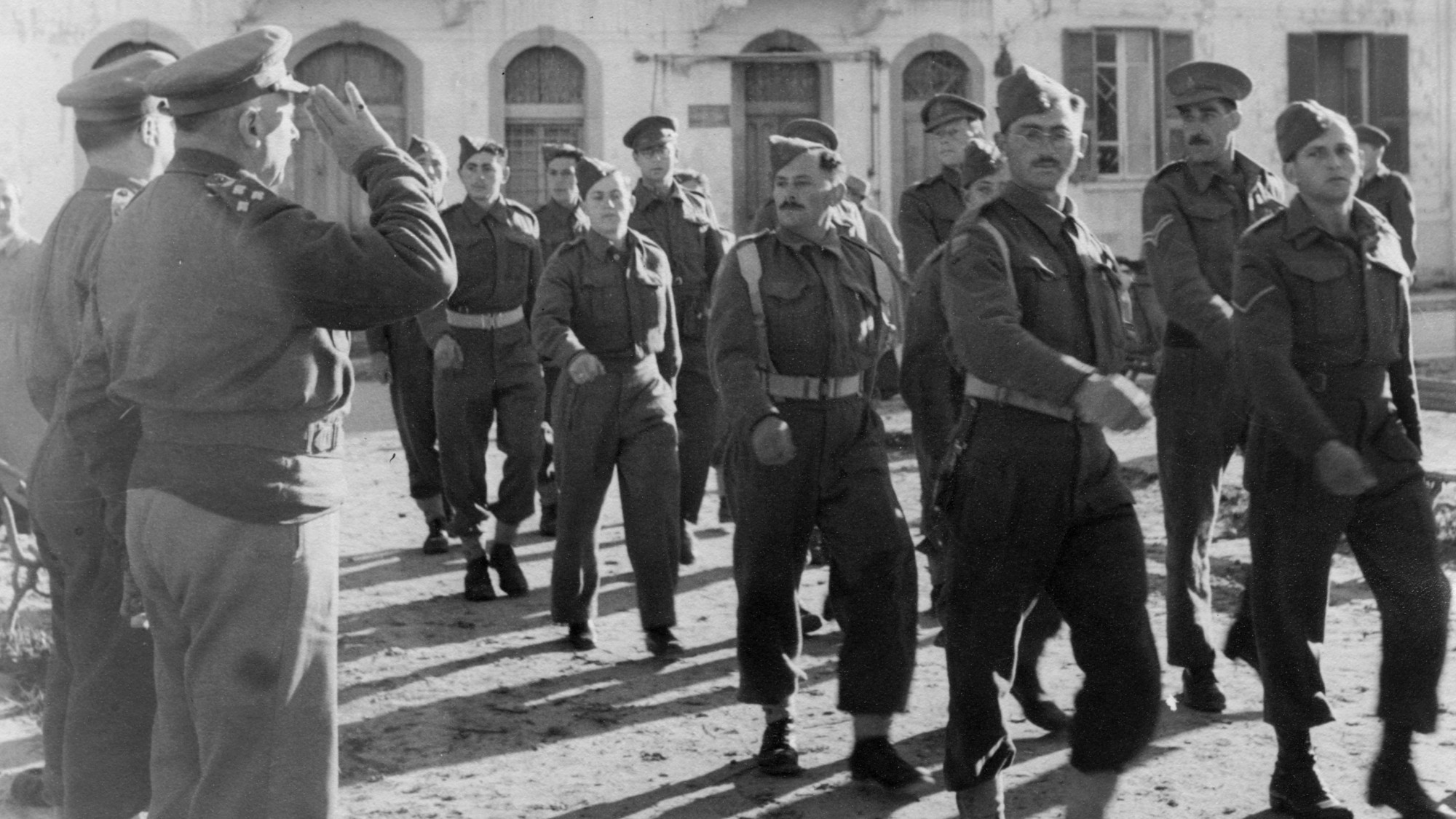
Jewish Brigade soldiers pictured in Tripoli, Libya, 30 January 1943.
Even so, the Jewish Brigade provided military backup to the British in Iraq, Syria, Italy and North Africa, and from this diverse background, the Haganah elite companies came into existence.
The Jewish Brigade served in Europe until 1946, and after the war launched itself into securing the safe passage of European refugees and contributed to the Jewish self-defence movement.
Special care and aid by the brigade was also given to survivors of concentration camps and ghettos, so its role went beyond that of merely a military outfit. However, largely because of persistent conflict with the British, the brigade was disbanded. It later became what is recognised today as the 'foundation' of the IDF.
Resistance to British rule
In the wake of Allied victory , the Haganah numbered 30,000 active personnel. The backbone of this organisation was the Palmach, which consisted of 2,000 members. At the outset, Palmach was formed to act against the onslaught of a German invasion, should the British decide to evacuate Palestine.
Preparations were also put in place to stockpile arms and military equipment to use at a later stage in the conflict. The self-defence movement also busied itself by amassing additional arms and these were smuggled into Palestine in varying degrees of risk and uncertainty; in some cases, they were illegally bought or stolen from the British.
The Jews were able to seize vital armaments such as hand grenades, rifles and mortars. Occasionally British soldiers came across workshops organised by the Haganah and they would dismantle and destroy these facilities.

Haganah militia, wearing British-style helmets, engaged in a firefight c. 1948
It is no surprise that after the end of World War II, the Haganah saw that its main threat was not wholly Arab forces, but rather the British Army. The British were hostile to the Haganah's primary aims and there followed an engagement between the two sides that was both aggressive and violent.
The British reaction was temporarily to define the actions of the Haganah as dangerous and 'illegal'. Where its members were found to be in possession of firearms without licence, they were arrested and sentenced to jail.
While there was some tolerance of the Haganah by the British, it was more the case that the British forces were not extensive enough to police the whole of Palestine. In some instances, the British turned a blind eye to some of the Haganah's activities.
The British position in Palestine was precarious by this time, and in places the Haganah was allowed a free rein to do as it pleased. The Haganah and the British engaged in a conflict designed by the latter to impose severe restrictions on immigration and to prevent constraints on the Jews, even though evidence was fast emerging of the trauma of thousands of potential immigrants who had escaped German concentration camps.
Records show how 100 members of the Palmach invaded a stronghold at Atlit, south of Haifa, and freed 200 illegal immigrants. Such actions resulted in the death of an occupant of a British police car. The Haganah had initially wanted a bloodless struggle and it was intent on minimising the number of deaths of both British and Arab forces.
To fulfil this aim, it confined itself to damaging and sabotaging Palestine's railway network. The softer approach to attacking Arabs and the British may partly explain the label of 'semi-legal' in the Haganah's moves to effect resistance.
How the IDF was founded

Druze soldiers of the Israel Defence Forces, pictured c. 1949. The Druze are Arabic-speaking citizens of Israel who serve in the IDF
The IDF's origins were based on the inclusion of men and women who had served in the Haganah and the Palmach, and these, along with other underground manpower and survivors of World War II, collectively formed the sole legal armed force in Israel.
The theme of combining both Arab and Jewish groups was later extended to the IDF after Christian and Muslim Arabs joined. The IDF assimilated these elements without compromising the Zionist standpoint of the army in any significant way. As well as those from the Haganah and Palmach, the military group referred to as Irgun was absorbed into the IDF, and another militia known as the Stern Gang.
In the months following the end of World War II, these military factions made plans to effectively co-ordinate, and the distinctive co-operation between Irgun and the Stern Gang led some to believe that these militias had joined forces at a time pre-dating the official launch of the IDF.
Both paramilitary organisations were determined to evict the British from Palestine and to form a Jewish state. From 1946 to 1947, there was a proliferation of incidents involving these paramilitary forces.
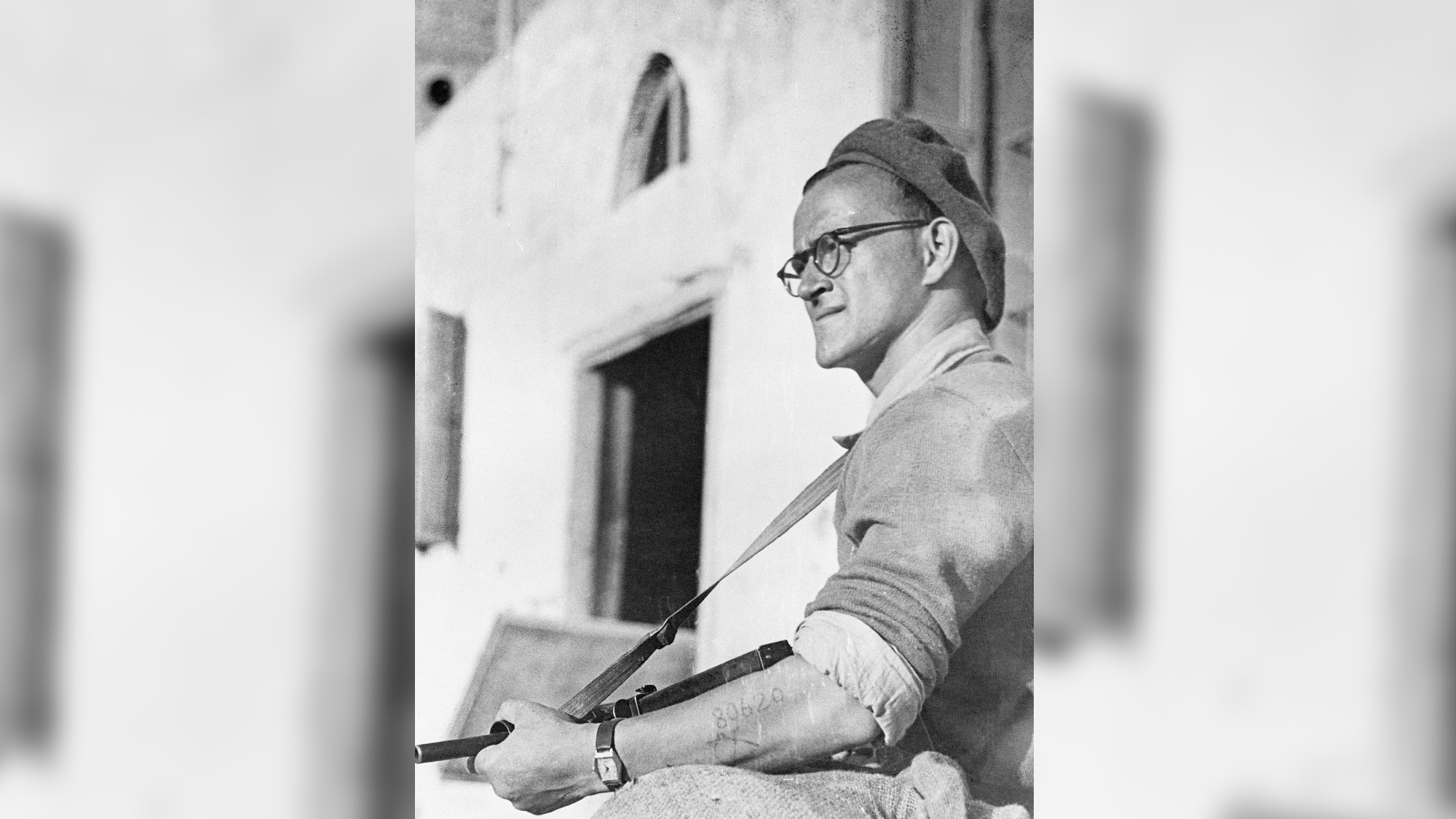
Haganah soldier Aaron Stern, a survivor of Auschwitz, pictured in Jaffa in 1948. His concentration camp inmate number 80620 is visible on his forearm
The British drew upon every aspect of their experience of colonial rule to maintain law and order, but they could not break the strong determination of the Palestinian Jews to work towards the founding of an independent Jewish state.
The British Army was criticised for the rough treatment of those who had escaped the Holocaust, some of whom were killed in their attempts to fight for independence.
Impeded by a British military interventionist presence, the Jewish underground groupings were limited in their ability to demonstrate professional competence. Yet collectively, the Haganah, Irgun and the Stern Gang attacked Arab settlements and exercised considerable violence in the town of Jaffa, villages in Galilee and northern parts of Palestine.
1948: The Battle for Jerusalem
From January 1948, Jerusalem, due to the military resistance of the Arabs, became virtually cut off from the rest of Palestine. Access to the city was only possible by the use of convoys of trucks, whose safety was put into jeopardy by opposition from Arab troops who blockaded the road from Tel Aviv to Jerusalem.
Any progress to reach Jerusalem was only really feasible by the intervention of Palmach, whose members escorted the trucks in their dangerous mission to supply food and provisions to the city. As the convoys proceeded to climb the hills of Judea, the Jews were subjected to hostile Arabs armed with rifles who had constructed road blocks in readiness to resist the advancing vehicles laden with supplies.
Palestinian Arabs ambushed the convoys in actions that became more regular and 'sophisticated'. The Haganah received orders to launch Operation Nachshon to clear the way for the convoys to pass along the last few miles before reaching Jerusalem.
Fierce fighting between Jews and Arabs took place. After the British pulled out of Palestine, the two sides were left to fight each other and the battle for Jerusalem continued. By February 1948, Jerusalem was still locked in battle, and the Arab strongholds in the surrounding hills still posed a major threat to the convoys that tried to break through.

Arab militia next to a burning Haganah truck ambushed en route to Jerusalem
The British accompanied some of the trucks en route, but this support dwindled when the Haganah made it clear that it wanted to take full responsibility for its own security. Soon a secret passage was secured, providing a safe opening for the delivery of ample supplies.
By July 1948, 8,000 trucks reached Jerusalem, putting an end to fears that the Jews there would perish through starvation. A truce ensued, and the Haganah claimed victory, but it was not fully achieved owing to the sharing of Jerusalem between both Jews and Arabs.
Meanwhile, preparatory moves were taking place to dismantle the Stern Gang and Irgun (all Irgun members merged with Haganah and the Stern Group, apart from those based in Jerusalem) and to place their activist members to constitute a national force in the form of the IDF; this objective was realised by 31 May 1948.
The Stern Gang's leadership in the wake of integration received amnesty from prosecution in respect of its record of rebellion and conflict. As to Irgun members, they became integrated into the IDF at the beginnings of the Arab-Israeli war in 1948, and the process of absorbing all military organisations into the IDF was well underway at this time.
This article originally appeared in History of War magazine issue 40. Click here to subscribe to the magazine and save on the cover price!
-
 How the War Department became the Department of Defense – and back again
How the War Department became the Department of Defense – and back againIn Depth In 1947 President Harry Truman restructured the US military establishment, breaking with naming tradition
-
 Sudoku hard: December 8, 2025
Sudoku hard: December 8, 2025The daily hard sudoku puzzle from The Week
-
 Codeword: December 8, 2025
Codeword: December 8, 2025The daily codeword puzzle from The Week
-
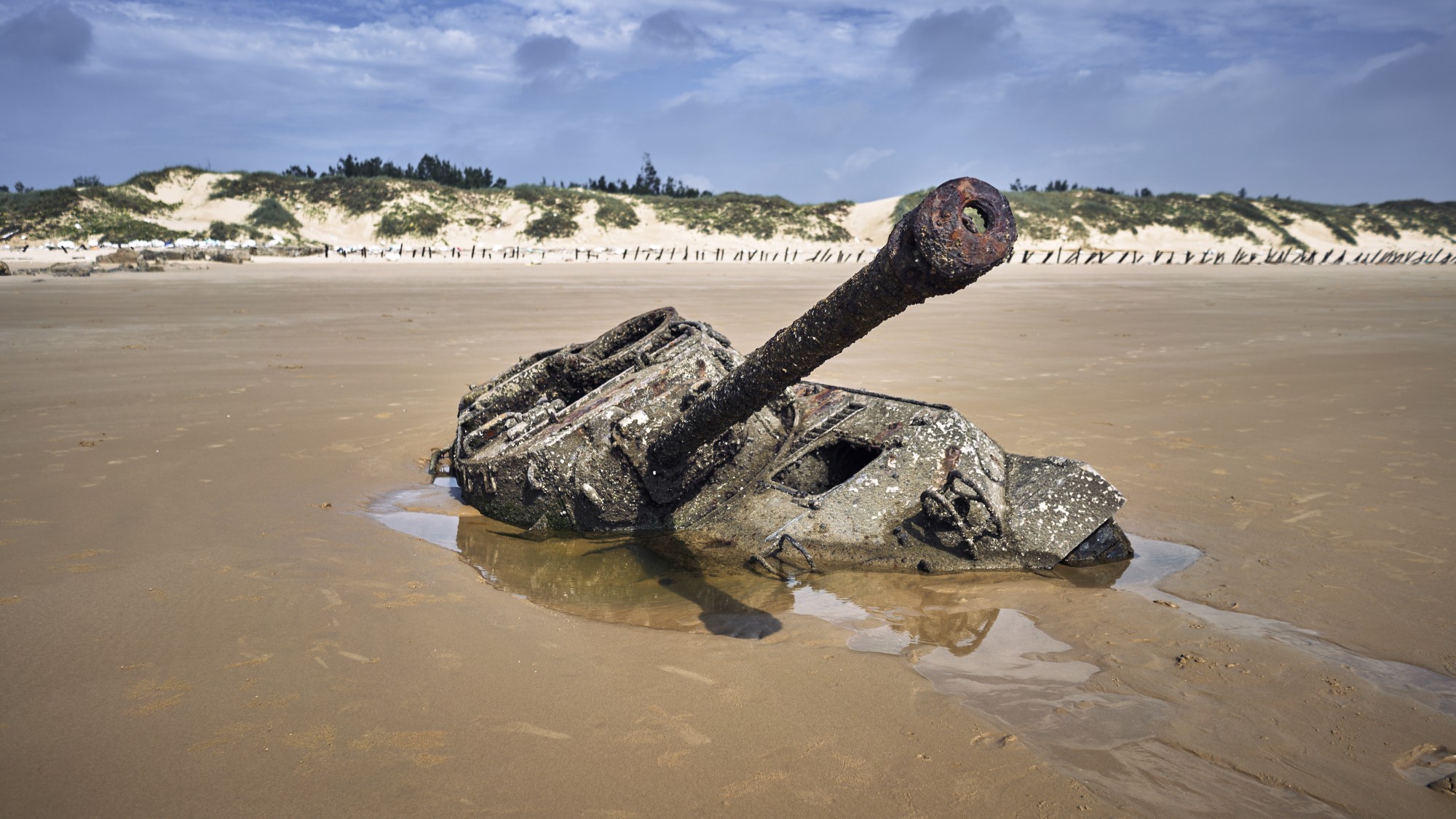 Kinmen Islands: Taiwan's frontline with China
Kinmen Islands: Taiwan's frontline with ChinaIn Depth Just a few miles off the mainland, the Kinmen Islands could be attacked first if China invades Taiwan
-
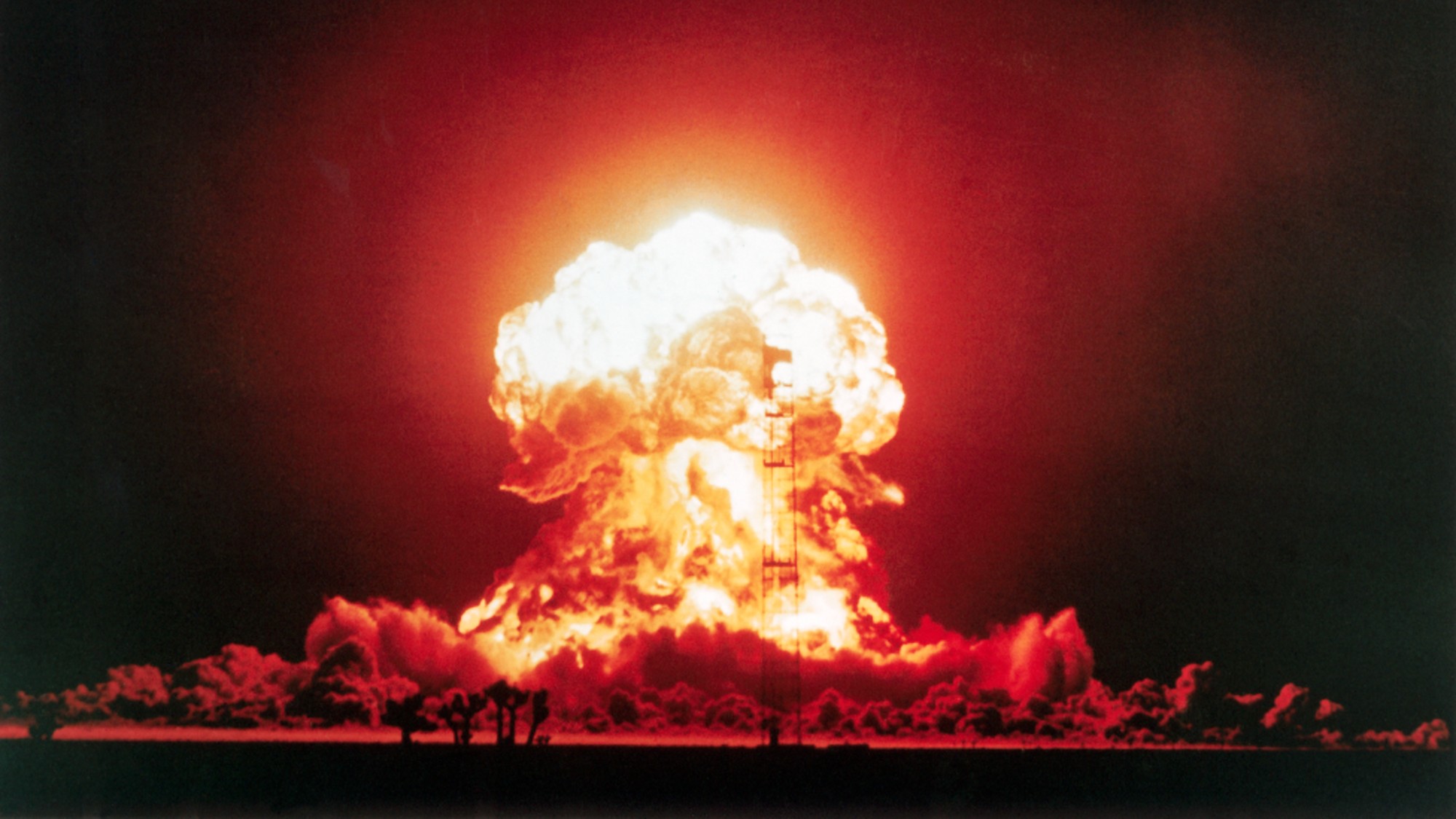 Mutually Assured Destruction: Cold War origins of nuclear Armageddon
Mutually Assured Destruction: Cold War origins of nuclear ArmageddonIn Depth After the US and Soviet Union became capable of Mutually Assured Destruction, safeguards were put in place to prevent World War Three
-
 Haredim: Israel's ultra-Orthodox Jews now facing conscription
Haredim: Israel's ultra-Orthodox Jews now facing conscriptionThe Explainer Religious community pays few taxes, receives vast subsidies and has avoided military service, provoking ire of wider society
-
 Rare brain surgery performed 3,500 years ago
Rare brain surgery performed 3,500 years agoSpeed Read Archaeologists discover punctured skull dating back to 1500BC below floor of Israel home
-
 What life was like in Iran before the 1979 Islamic revolution
What life was like in Iran before the 1979 Islamic revolutionIn depth Israel is encouraging Iranians to rise up against their leaders
-
 What is Zionism?
What is Zionism?In Depth The controversial religious and political movement re-established Israel as the central location for Jewish identity
-
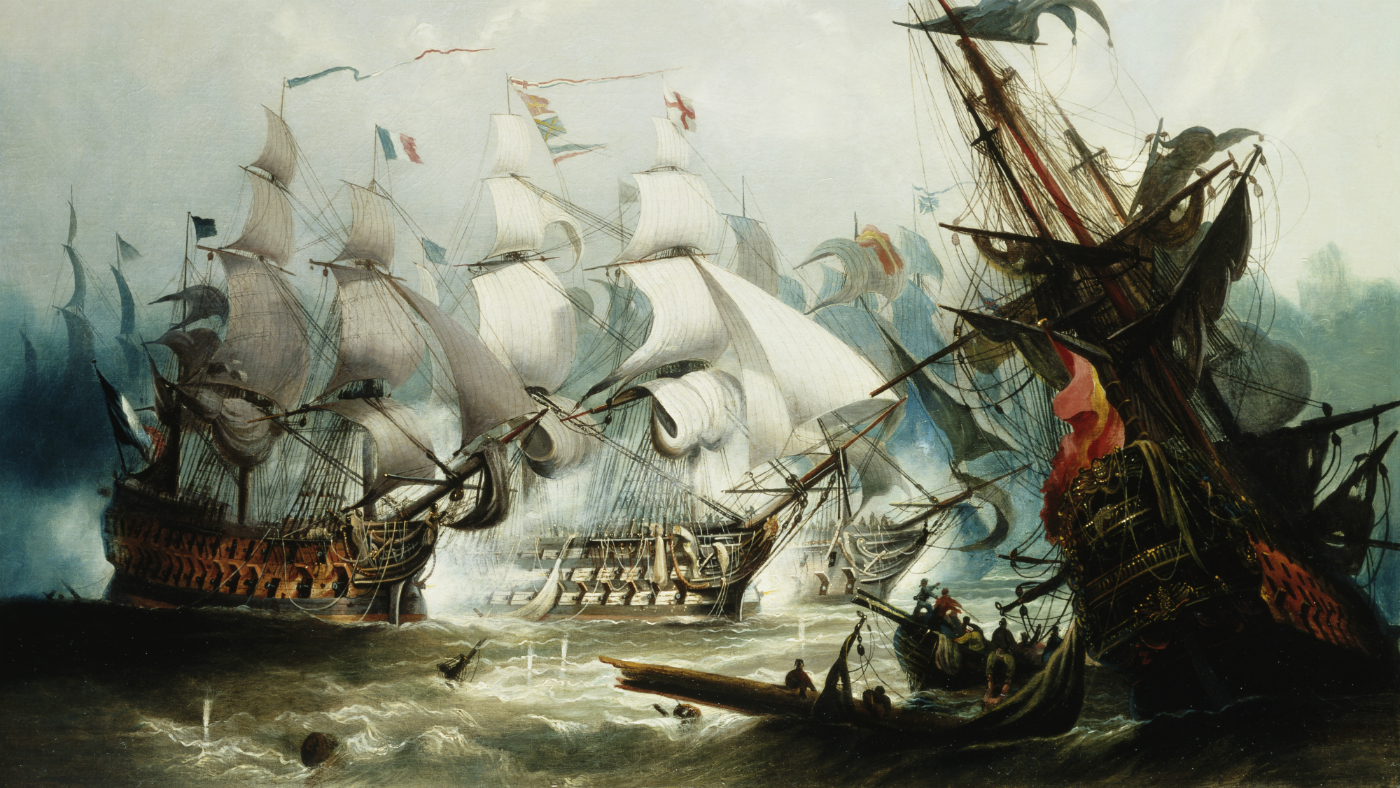 What happened at the Battle of Trafalgar?
What happened at the Battle of Trafalgar?In Depth Monday marks the 214th anniversary of Britain’s most famous naval victory
-
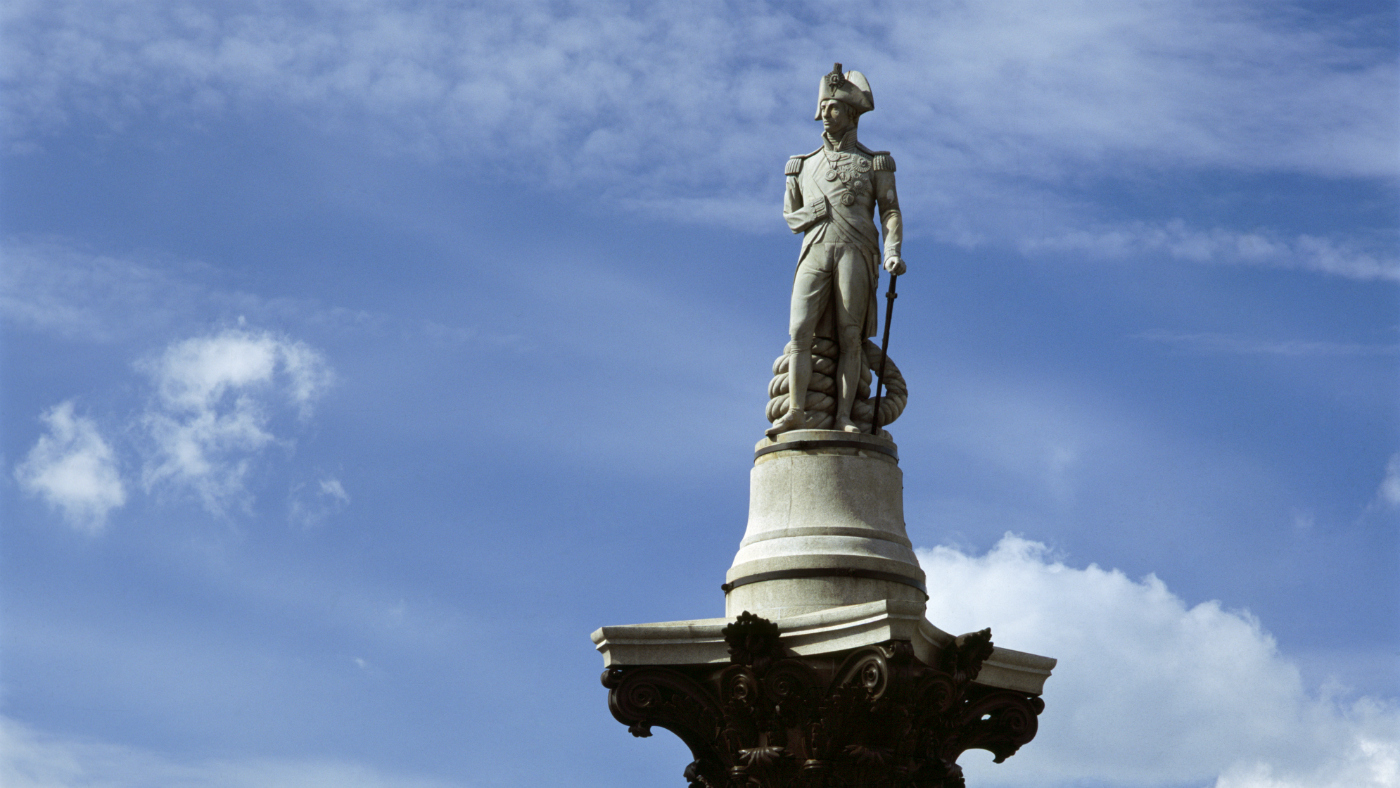 How did Horatio Nelson die?
How did Horatio Nelson die?In Depth The revered naval commander was killed 213 years ago on Sunday